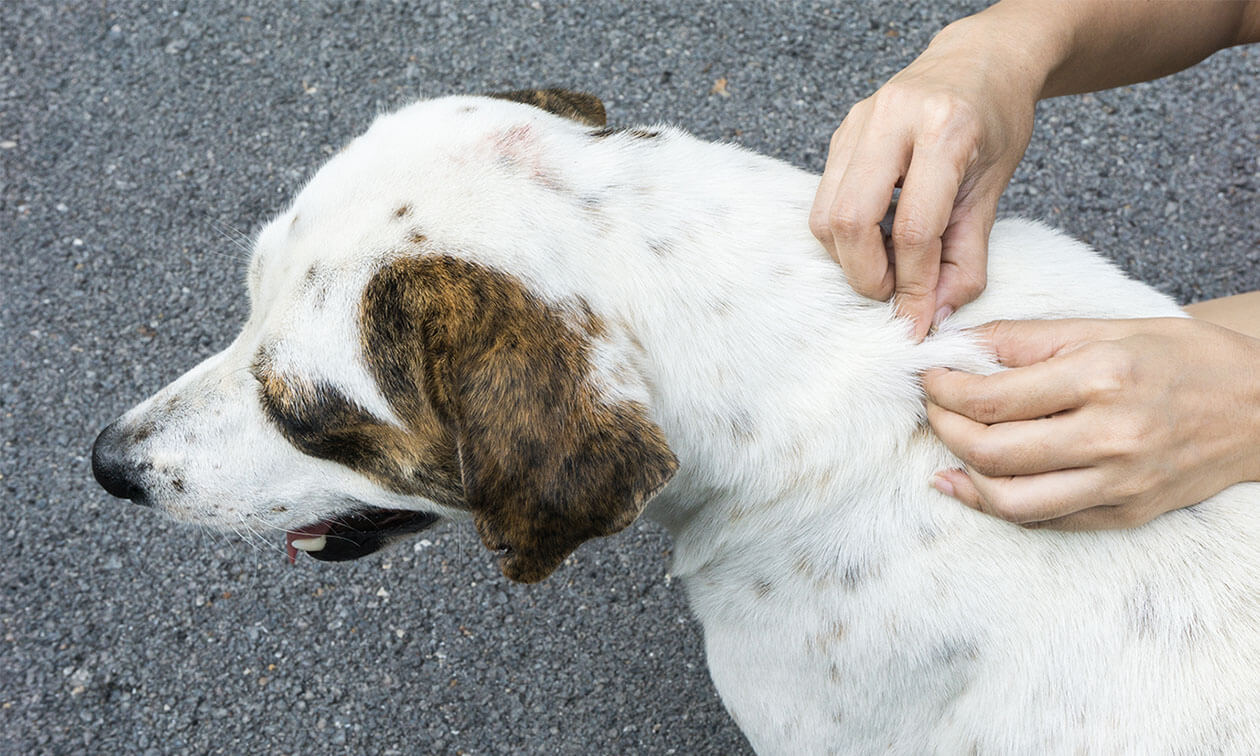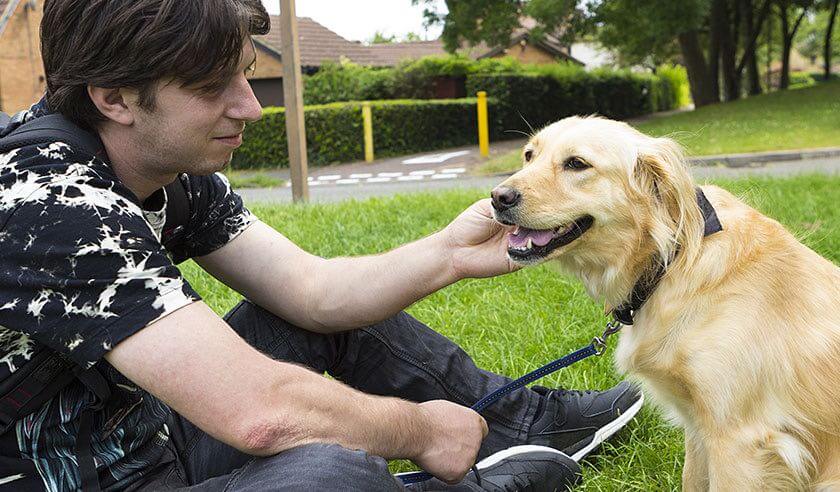Did you know that removing a tick the wrong way can cause problems for your dog? If you see a tick on your pet, it’s important to keep your cool, grab the appropriate tools, and remove it the correct way. You can follow the directions below, but if you have questions or are uncomfortable, your veterinarian can help with tick removal and any tick removal questions.
Tools for Removing Ticks from Your Dog
Having a few tools handy will make the process simpler and safer.
- Rubber gloves. These add a layer of protection between you and the tick (ticks carry diseases that can be dangerous to humans).
- Tick removal tool A special tool designed for removing ticks is your best option. Ticks can be incredibly small, and you don't want to squish them during removal. You can find one of these tools online or at a pet store. In a pinch, very pointy tweezers are an option, but can be more complicated.
- Rubbing alcohol or pet-safe antiseptic cleanser. You'll use this for disinfection. Rubbing alcohol is preferred. Sensitive areas, like near the eyes or nose, may require something gentle like an antiseptic cleanser meant for these sensitive areas. In a pinch, warm, soapy water can be used.
- A jar or other sealable container. You may want to hold on to the tick until you're sure your dog isn't having a reaction. You can put some rubbing alcohol in the jar to kill the tick. You can also talk to your veterinarian about whether this particular type of tick is dangerous, as it may even need to be sent off for testing.
Steps to Remove Ticks From Your Dog
- Put on your gloves. Protect yourself for added security.
- Disinfect. Dip your tool in rubbing alcohol to sterilize it. Before you touch the tick, separate the hair around it and pour a small amount of rubbing alcohol on the tick and surrounding area. This helps disinfect the area. If the tick is in a sensitive area like the eyes or nose, use warm, soapy water or a pet-safe antiseptic cleanser. Prior to working around the eye, apply an artificial tears ointment to protect the eye. If anything gets into the eye, be sure to flush it well with sterile eye saline.
- Position your tick removal tool or tweezers. Don't grab the body of the tick — you want to get as close to your dog's skin as possible, holding the tick by the head at the skin level. If you hold the body, it’s likely to come away from the head, leaving it latched on to your dog. Be careful not to squeeze or squish the tick as you grab it. If you’re using a tick removal tool, read the instructions as they may be slightly different.
- Pull straight up. Get a firm grip and pull up slowly. Don't twist — this may cause the body to detach from the head. Inspect the tick to be sure you have removed it completely.
- Store the tick. Place the tick in the jar or other container. You now have a reference for your research or discussion with your veterinarian. If this type of tick is particularly dangerous, you may want to keep it for up to 3 weeks as you watch your dog for signs of illness. Keeping the tick in a jar filled with rubbing alcohol will kill it and will allow you to store the tick safely.
- Disinfect. Once the tick is out, use your rubbing alcohol to disinfect the area one more time.
Keep a close eye on your dog. Watch your dog for signs of tick-borne illness over the coming weeks. These include:
- Fever
- Joint swelling
- Lameness
- Vomiting and/or diarrhea
- Lethargy
- Decreased appetite
- Swollen lymph nodes
- Neurological problems (seizures, overactive bodily reflexes)
- Weight loss
- Bleeding issues/bruising
- Changes in urine color to red or brown
What to Do if the Tick Head is Still Attached to Your Dog
Sometimes the tick's head will detach from its body and stay latched onto your dog. You'll need to try to remove it. The head will be tiny, so this is where very fine-point tweezers can help. Grab the head, as close to your dog's skin as possible, and pull straight up. If this doesn't do the trick, reach out to your veterinarian.
Why Tick Removal is So Important
Ticks carry organisms that can cause serious illness (and even death) in dogs.
The way you remove the tick matters. As unpleasant as it sounds, squishing the tick's body can cause it to regurgitate those risky bugs and bacteria into your dog's bloodstream, putting them at further risk of infection.
Preventing Ticks on Your Dog
Keeping your dog on year-round flea, tick, and heartworm protection is your first and best line of defense against ticks and the diseases they carry. Even if your dog is mostly indoors, they can still be exposed to ticks brought in by people and things that have been outside. There are also vaccines available for diseases such as Lyme disease. Talk with your veterinarian about the appropriate preventative for your dog and their lifestyle.
ZPC-02575



.png)

